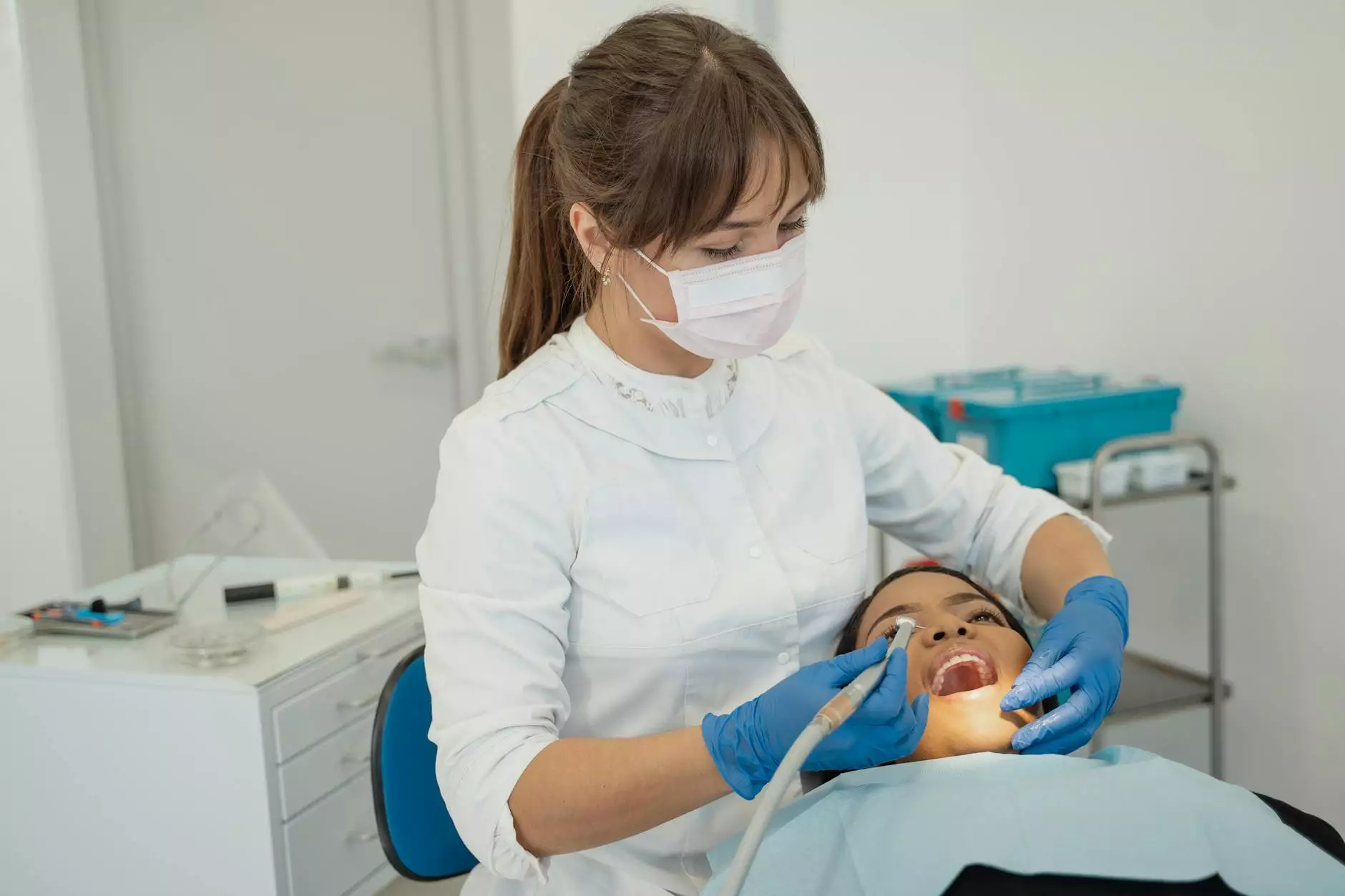Understanding and Overcoming Thoracic Hypomobility: A Comprehensive Guide

Thoracic hypomobility is a condition characterized by restricted movement in the thoracic spine, which can lead to a multitude of health issues. The thoracic spine, located between the cervical (neck) and lumbar (lower back) regions, plays a critical role in overall body mechanics. This article delves into the causes, symptoms, implications, and effective treatment strategies for thoracic hypomobility, empowering you to regain control over your mobility and health.
What is Thoracic Hypomobility?
To understand thoracic hypomobility, it’s essential to comprehend the anatomy of the thoracic spine. The thoracic spine consists of twelve vertebrae (T1-T12) and is designed to allow for a degree of flexibility. However, certain factors can lead to decreased mobility, which is referred to as hypomobility. This condition can significantly impact daily activities, athletic performance, and overall wellbeing.
Causes of Thoracic Hypomobility
Various factors contribute to thoracic hypomobility. Understanding these can help in managing and treating the condition effectively. Some of the primary causes include:
- Postural Issues: Poor posture, especially from prolonged sitting or slouching, can lead to stiffness in the thoracic spine.
- Muscle Imbalances: Weakness or tightness in surrounding muscles, particularly the pectorals and rhomboids, can restrict thoracic mobility.
- Injuries: Trauma to the spine or surrounding areas due to accidents, sports, or falls can lead to hypomobility.
- Aging: As we age, our joints and connective tissues may lose elasticity, contributing to reduced thoracic mobility.
- Medical Conditions: Certain conditions, such as scoliosis or ankylosing spondylitis, can inherently limit thoracic movement.
Symptoms of Thoracic Hypomobility
Recognizing the symptoms of thoracic hypomobility is crucial for early intervention. Common symptoms include:
- Pain: Individuals may experience pain or discomfort in the upper back, shoulders, or neck.
- Reduced Range of Motion: Difficulty in twisting, bending, or reaching overhead can be a sign of restricted thoracic mobility.
- Stiffness: A sensation of tightness or stiffness in the upper back and chest area is often reported.
- Postural Defects: An exaggerated thoracic kyphosis or hunched appearance may develop over time.
- Respiratory Issues: In severe cases, restricted thoracic mobility can lead to difficulties in breathing or reduced lung capacity.
The Implications of Thoracic Hypomobility
The repercussions of untreated thoracic hypomobility can extend beyond physical discomfort. Here’s how:
1. Impaired Daily Functioning
Restricted mobility in the thoracic area can hinder everyday actions such as reaching for objects, bending, or performing household chores.
2. Athletic Limitations
Athletes may find that thoracic hypomobility affects their performance in sports requiring upper body rotation or agility, such as swimming or golf.
3. Increased Risk of Injury
The lack of movement may lead to compensatory patterns in other parts of the body, increasing the risk of injuries in the lumbar spine and shoulders.
4. Poor Quality of Life
Chronic pain and mobility issues can contribute to mental health struggles, affecting mood, stress levels, and overall quality of life.
Treatment and Management of Thoracic Hypomobility
Fortunately, thoracic hypomobility can be addressed through a combination of therapies and lifestyle changes. Here are effective strategies:
1. Physical Therapy
Engaging in a physical therapy program tailored to your specific needs can be immensely beneficial. A qualified physiotherapist will develop a regimen focused on:
- Stretching: Exercises that target specific muscle groups can help to alleviate tightness.
- Strengthening: Building strength in the back and core muscles supports better posture and spinal alignment.
- Manual Therapy: Techniques such as mobilization and manipulation can enhance spinal movement.
2. Chiropractic Care
A chiropractor can offer adjustments to realign the spine, potentially improving mobility and reducing pain associated with thoracic hypomobility. Regular visits can help maintain spinal health and prevent future issues.
3. Exercise and Rehabilitation
Physical activity is crucial in managing hypomobility. Incorporating low-impact exercises such as:
- Yoga: Promotes flexibility, relaxation, and improved posture.
- Pilates: Targets core strength and stability, enhancing overall body control.
- Cardiovascular Training: Improves blood flow and reduces stiffness in the thoracic spine.
4. Ergonomic Adjustments
Making changes in your workplace or home environment can help alleviate symptoms. Consider:
- Adjustable Chairs: Opt for a chair that supports proper posture while sitting.
- Desk Setup: Ensure your workspace is ergonomically designed to minimize strain on your back.
- Active Breaks: Incorporate short breaks throughout the day to stand, stretch, and improve circulation.
5. Lifestyle Changes
In addition to specific therapies, embracing a healthier lifestyle can support recovery. Focus on:
- Nutrition: A balanced diet rich in anti-inflammatory foods can assist in managing symptoms.
- Hydration: Staying well-hydrated promotes overall body function and tissue health.
- Sleep Hygiene: Ensure sufficient restful sleep to promote healing and recovery.
Conclusion
In conclusion, thoracic hypomobility is a prevalent condition that can significantly affect quality of life if left untreated. By recognizing the signs, understanding the causes, and implementing effective treatment strategies, individuals can reclaim their mobility and enhance their overall wellbeing. Whether through physical therapy, chiropractic care, exercise, or lifestyle adjustments, taking proactive steps can foster a healthier, more active life.
For more information and resources regarding thoracic hypomobility and related health topics, visit IAOM-US.









